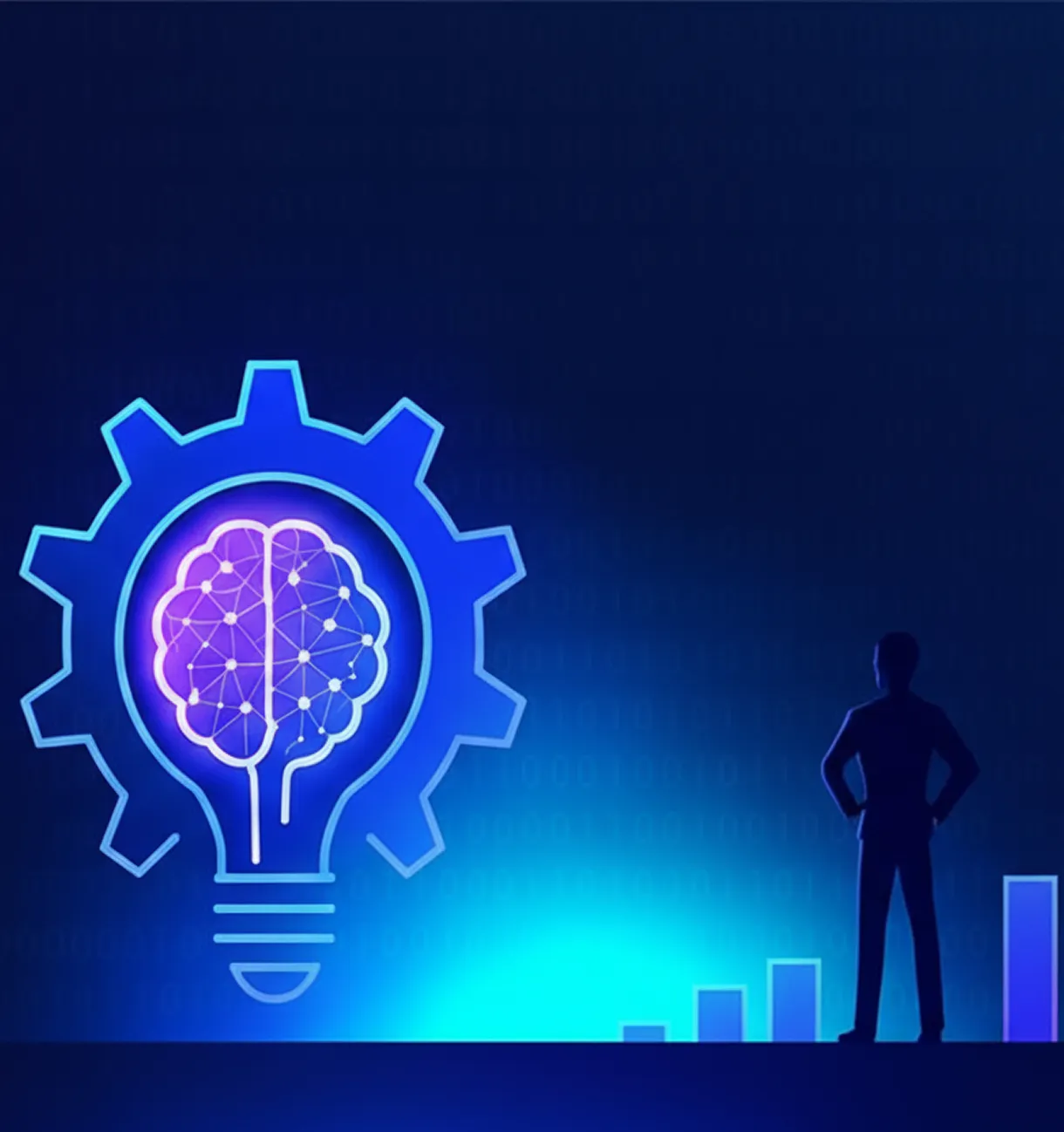Table of Contents
Healing with Algorithms
- 1. Medical Intelligence: A New Kind of Intelligence – Medicine meets Machines
- 2. The Algorithmic Stethoscope: Diagnosing with Depth
- 3. Molecules from Imagination: Reinventing Drug Discovery
- 4. Synthetic Patients, Real Progress: Data Without Risk
- 5. The Human-AI Partnership: Reimagining Clinical Workflows
- 6. Ethics, Empathy, and the Future of Healing
- Conclusion
In a quiet hospital room, a patient waits for answers. Behind the scenes, an algorithm is already working—analysing scans, comparing symptoms, and suggesting treatment paths. This isn’t science fiction. It’s the new reality of medicine, powered by Generative AI.
1. Medical Intelligence: A New Kind of Intelligence – Medicine meets Machines
For centuries, medicine has relied on human intuition, experience, and observation. But today, algorithms are stepping into the role of silent collaborators. Generative AI doesn’t just process data—it creates new possibilities. It can simulate disease progression, generate synthetic patient records, and even draft clinical notes.
This shift isn’t about replacing doctors. It’s about giving them superpowers.
Example:
A rural clinic with limited staff uses AI-generated summaries to triage patients faster, ensuring critical cases are prioritized.
2. The Algorithmic Stethoscope: Diagnosing with Depth
Traditional diagnostics rely on pattern recognition—something AI excels at. But Generative AI goes further. It can generate synthetic medical images to train models, simulate rare conditions, and even fill gaps in incomplete data.
Real-world impact:
- Detecting early-stage cancers from low-resolution scans
- Simulating how a disease might evolve over time
- Creating training datasets for rare conditions
Example Case:
A radiologist in Mumbai uses AI-generated scans to train junior staff on identifying subtle lung nodules—something that would otherwise require years of experience.
3. Molecules from Imagination: Reinventing Drug Discovery
Drug discovery has always been a race against time. Generative AI is changing the rules. Instead of testing thousands of compounds manually, researchers can now ask an algorithm to design molecules with specific properties.
What’s new:
- AI can generate chemical structures that don’t yet exist
- It can simulate how those molecules interact with the human body
- It can predict side effects before trials begin
Breakthrough moment:
During the COVID-19 pandemic, AI-designed antivirals reached testing stages in record time—months instead of years.
4. Synthetic Patients, Real Progress: Data Without Risk
Medical research depends on data—but privacy laws and ethical concerns often limit access. Generative AI offers a workaround: synthetic data that mirrors real patient profiles without exposing identities.
Real-world impact:
- Enables cross-border research without legal hurdles
- Helps train models on underrepresented populations
- Supports innovation in rare disease treatment
Example:
A startup uses synthetic data to simulate outcomes for paediatric cancer treatments, helping refine protocols before clinical trials.
5. The Human-AI Partnership: Reimagining Clinical Workflows
Doctors spend hours on documentation, referrals, and administrative tasks. Generative AI is stepping in to lighten the load. It can summarize patient visits, draft discharge notes, and even suggest follow-up plans.
Tools in action:
- AI listens during consultations and generates accurate summaries
- It flags missing information in patient histories
- It drafts personalized care plans based on clinical guidelines
Impact
Doctors reclaim time for what matters most talking to patients, making decisions, and offering empathy.
6. Ethics, Empathy, and the Future of Healing
As algorithms take on more responsibility, ethical questions grow louder. Can we trust AI to make life-or-death decisions? Who’s accountable when it errs? And how do we ensure empathy isn’t lost in the process?
Key considerations:
- Bias in training data can lead to unequal care
- Explainability is crucial—doctors must understand AI’s reasoning
- Regulation must evolve to match the pace of innovation
Vision ahead:
Generative AI won’t replace human compassion. But it can amplify it—by freeing up time, reducing errors, and offering insights that no single mind could uncover alone.
Conclusion
Healing with algorithms is not about machines taking over medicine. It’s about machines helping us heal better, faster, and more fairly. The rise of Generative AI in medicine is a story of partnership—between data and humanity, logic and empathy, science and soul.
Read More

By Divya K
Cloud Engineer
Read other blogs
Your go-to resource for IT knowledge. Explore our blog for practical advice and industry updates.
-

-

-

Agentic Payments & Enterprise AI
What the NPCI–Razorpay–OpenAI Pilot Means for the Future of Commerce
Read Blog -

Discover valuable insights and expert advice.
Uncover valuable insights and stay ahead of the curve by subscribing to our newsletter.

Download Our Latest Industry Report
To know more insights!
Space Inventive | Powered by SpaceAI
Space Bot is typing



















